If you’re thinking of an equity raise, you might be wondering what documents for equity crowdfunding you’ll need. I will present the key 5 documents on this article and we’ll dive into more detail in future posts. For a full checklist of all of the tasks you should be working during your pre-campaign, check my article A checklist for equity crowdfunding.
Show me a video about the 5 key documents
Some considerations
First of all, keep in mind these documents for equity crowdfunding will be public. You will be able to grant access to them to individual investors, but the reality is that once a few people get hold of it, you’ll lose control of who else is able to see them. This means that you will need to reach a balance on what you’re comfortable sharing and what your investors will require to make an informed decision.
My opinion here is that you should be sharing as much as possible, as the key to any startup is not the idea, strategies or even tactics, but the execution. It’s more important to show that you have all of the basics covered.
It’s also worth making sure that these documents match your brand in other media, such as your website, business cards, your app, etc. Otherwise, you risk at best to look a bit unprofessional, at worst to confuse your audience and not get those investments you’re looking for!
Finally, remember that your ‘call to action’ in these documents will be to invest in your equity crowdfunding round. Make it clear so you can convert leads into investors, but don’t be too pushy. Again, a fine balance, but necessary not to alienate people!
The 5 key documents for equity crowdfunding
1. Investment summary
I always recommend my clients to start with an investment summary. You should be able to fit all of the basic information on one side of an A4: contact information, about the round (valuation, target, if you’re SEIS/EIS eligible…), traction, use of the money, the customer problem, your solution, the market, your competitive advantage, your team, your business model and topline financial projections (4 to 7 years).
Working on this document is a good exercise of synthesis that will help you focus on your main messages!
Start with a good draft and circulate it to your closer circles and ask for feedback. Incorporate this feedback to your summary and then iterate again, making that circle of contacts bigger and bigger.
Then use a relatively well-refined version to reach outside of your immediate circles. Make a list of Business Angels you’d like to reach and ask them for their opinion. As the old saying goes: ‘Ask for investment and you’ll get advice. Ask for advice and you’ll get investment’.
2. Pitch deck
Once your investment summary is well refined you can start working on your pitch deck (and not the other way round!). This is a presentation with between 10 and 20 slides that explains why it’s a good idea to invest in your company. These are the sections that it should contain:
- Introduction (it can be your elevator pitch – see below)
- Problem
- Alternatives (how is your target audience solving the problem at the moment?)
- Solution (and why it’s better to the current alternatives)
- Why now?
- Your business model
- Traction
- Competitors
- Roadmap (how are you going to improve your value proposition in the coming years)
- Team, with detailed CVs
- Exits in your industry (not compulsory, but will give an idea to your investors of how they’re going to have a return)
- Financial projections
- Detail on the round (pre-money valuation, capital seeking) and use of the money
Compared to your investment summary, here you will have more space to go into detail. You should add elements of storytelling to your deck. Think about your brand, your mission and your vision and embed it in the document.
3. Financial projections
You will have included a topline overview of your projections in your deck, but some investors will also require a more detailed version of it. On top of the cold numbers, remember to add detail on your assumptions.
4. Elevator pitch
Not a document per se, but still worth mentioning it here as a tool for your raise. An elevator pitch is a 30 to 60-second description of what you’re trying to accomplish with your company. This is really useful for face-to-face interactions, but you can also include it in your documents such as the investment summary, in the pitch deck as an introduction or in face to face presentations.
5. Face to face presentations
Some investors will invite you to present to them face to face. It’s worth having several versions of this document with different lengths as in some cases you will have only 3 minutes and in some others, they will give you 20 minutes or more to present.
You can take your business pitch as a base but tweak it. Nothing is more boring than someone reading from slides! Make it more visual and turn it into a memorable and emotional presentation with hard facts but also lots of storytelling.
Wrapping it up
We’ve seen the 5 key documents for equity crowdfunding that will enable your raise. Not all of them are strictly necessary but I would recommend working and refining all of them during the pre-campaign for a successful raise.
If you have any comments, queries or need help preparing your documents for equity crowdfunding, please do not hesitate to comment below or contact me through my form!

Leave a Reply